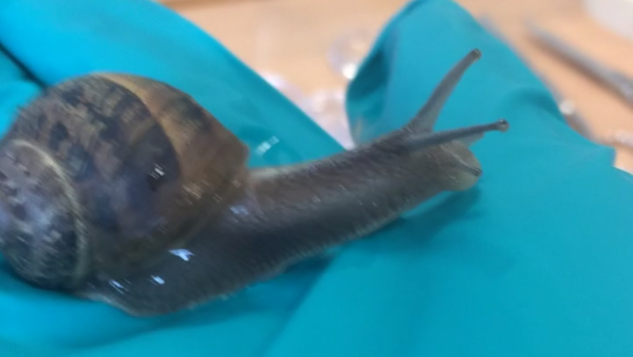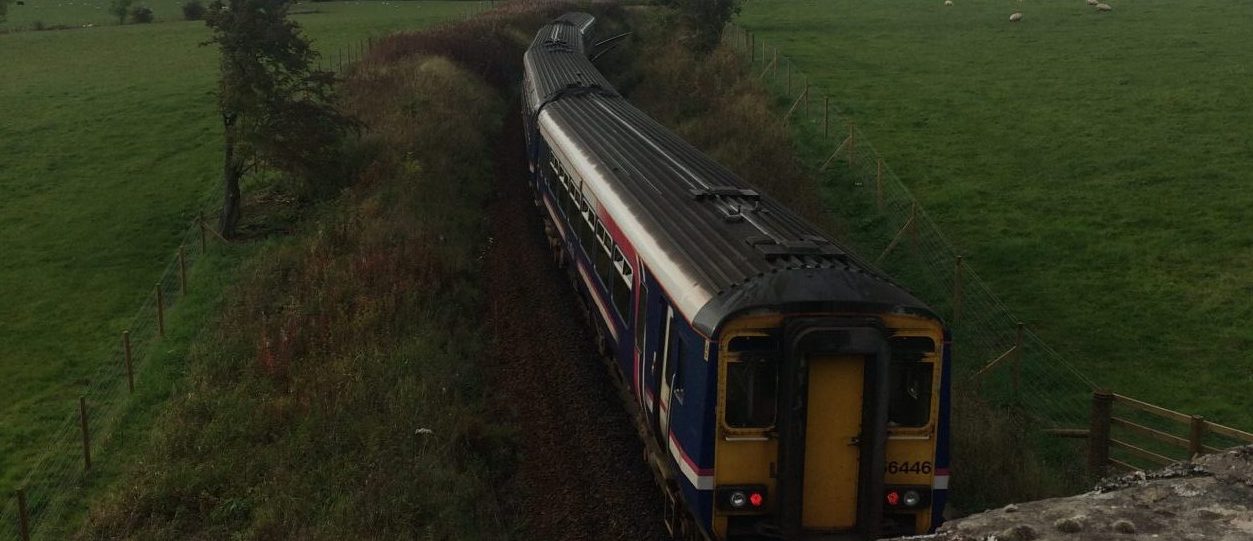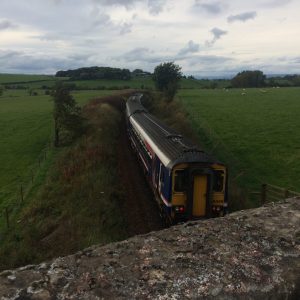Our first day in Sustainable Development consisted of mostly practical learning. However, in the lecture, Louise talked about what Sustainable development was which according to the Scottish Government “The goal of sustainable development is to enable all people throughout the world to satisfy their basic needs and enjoy a better quality of life without compromising the quality of life of future generations.”. We also learned why this was beneficial to teach as children learn that we overuse the Earths resources, and how this has impacted on the world.

Throughout the day we learned mostly about the environment. In the first workshop we went toi the science lab with Andrew, and talked about the ways of teaching environment in the classroom. We done this by having a variety of stations, which included snails, food webs and microscopes. We also had the opportunity to go outside to the university’s Japanese garden and learn about the areas trees and leaves. We done this by taking paper and a crayon and imprinting the pattern of the trunk and leaves of the tree. I thought this was an effective way of getting children motivated to learn more about the environment we live in, and why it is important to take care of the planets resources.


In the second workshop, we went outside with Louise to do some activities. First we had to try and look for insects and tick them off on a worksheet. This got everyone involved as we tried to complete the exploration. The second activity was that we had to be mindful, and analyse the environment around us. From this we used different senses such as hearing, listening, touching and smelling. Usually on my way to university I would just walk right past and not acknowledge very much, however from this experience I have realised I took the environment for granted and did not realise the detail that was there.

An example of this was that me and a few others looked at the different ;plants and trees, and did not understand what substance was coming from the tree. It was syrup like, which we then later realised was sap. I researched this more and found out that it flows through sapwood which creates carbon dioxide according to gardenknowhow.com.

We also looked at the trees into great detail and noticed that the lichen on the tree was only on one side of the tree. Lichens also only grow in areas which are fresh aired. I also researched and found out that trees only have lichen on the north side of the tree trunk in the northern hemisphere as we get sun from the south more than the north, and lichen grows easiest when shaded according to scienceline.ucsb.edu.

For our study task we went home and done a blog about our urban environment and the area we live in. We answered questions which asked about the roads, the population, greenery and also entertainment. I learned a lot more about East Kilbride and also about the history.
I have developed a lot of my skills like creative skills, this was due to us thinking about different types of lessons we could create to teach children about their environment. This made me think more about practical and hands on learning, like going outside. I also believe I have developed my evaluating. This was improved when I was doing outdoor observation and being mindful about the world around us. Due to this I learned quite a few things about nature.
This lecture and workshops related to primary teaching as we had to think of ways in which to combine nature with learning. I believe that outdoor learning is the best way to teach, as children are more motivated and excited to move rather than sit in a classroom and write for too long.










